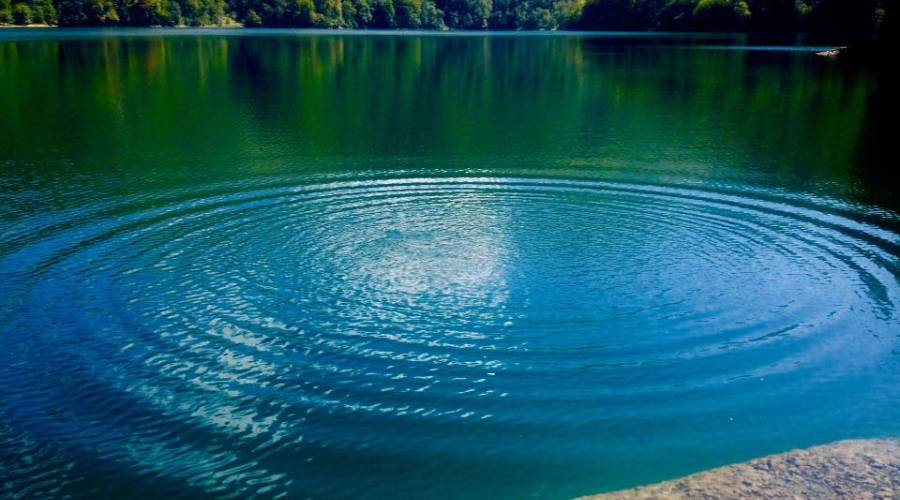
Azerbaijan: some of the rare natural pearls
Captivating, beautiful and a spectacular force of nature, volcanoes and the stunning landscapes that form around them are a highlight of Azerbaijan trips.
The nature of Azerbaijan is exceptionally rich. The terrain of Azerbaijan is densely carved by many rivers and mountain streams, some of which form noisy waterfalls, echoing deep into the mountains. There are about 10 reserves in the country.
The mountains occupy 60 percent of the territory. In the north, the Great Caucasus Mountains, in the west and southwest, the Lesser Caucasus Mountains, and in the southeast the Talysh Mountains are surrounded by the country's territory.
In different regions of the country, you can see the unique monuments of nature. Mud volcanoes, eternal fires, rivers, primary settlements, mineral waters, and Naftalan oil can be cited as unique examples.
Here are some of the rare natural pearls:
Goygol ("the Blue Lake") is a natural impounded lake in Azerbaijan. Due to an earthquake that hit the area on 25 September 1139, parts of the Kapaz Mount collapsed and blocked the path of the Kurekchay River. As a result of the diversion of water flow, a lake with pure mountain water was created, hence the name given signifying the pureness of the water.
Yanardag - was formed at the foot of the mountain on the Absheron peninsula. It is noteworthy that the time of the appearance of this memorial is unknown and also it burns forever and does not go out.
Azerbaijan is the first in the world by the number of mud volcanoes. 350 out of 800 mud volcanoes in the world are located in Azərbaijan.
Duzdag Duzdag Mountain (Salt Mountain), one of the main symbols of Nakhchivan. It is one of the oldest salt deposits in the world. According to scientists, the exploitation of this mine began as early as 4,500 years ago.
Zagatala Reserve is located on the southern slopes of the Greater Caucasus mountain range and covers an area of 25,200 hectares. On its territory, there are over 800 species of plants: chestnut, walnut, hazelnut, oak, beech, hornbeam, elm, and other valuable species.
The Ismaili National Reserve is currently 34,000 hectares. It was established in order to save and breed species of animals. The forest is covered with nut and oak trees. The reserve is inhabited by Caucasian deer, roe deer, wild boar, lynx,wolf, fox, rabbit, jackal, squirrel, and so on.
Istisu is a famous mineral spring (literal translation from Azerbaijani - "hot water"). This thermal spring breaks in several places at the Vilashchay river bank on the Dombal hillside at 1,650 meters above sea level.






